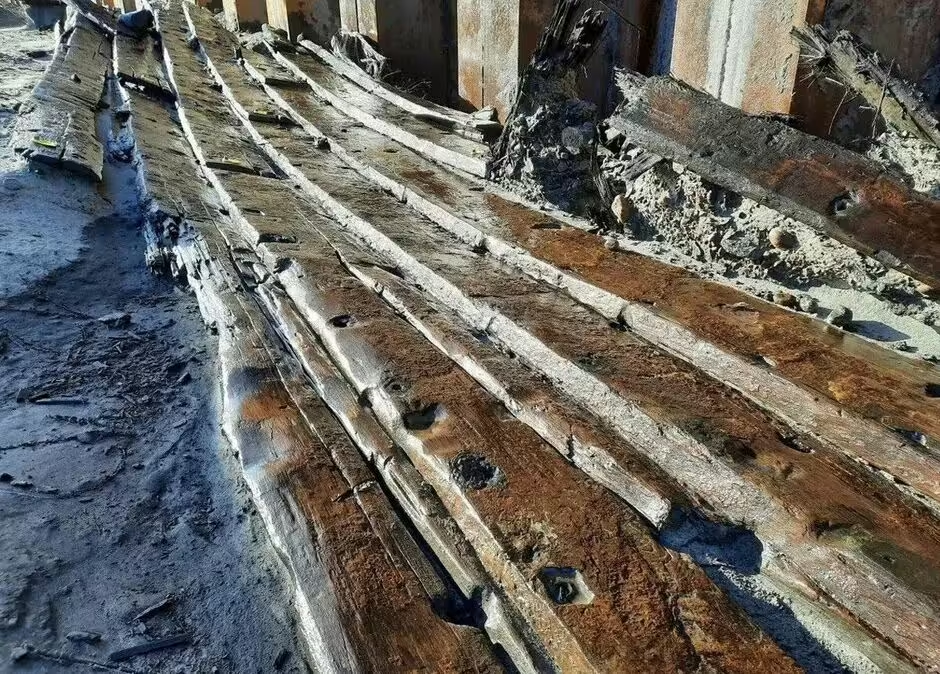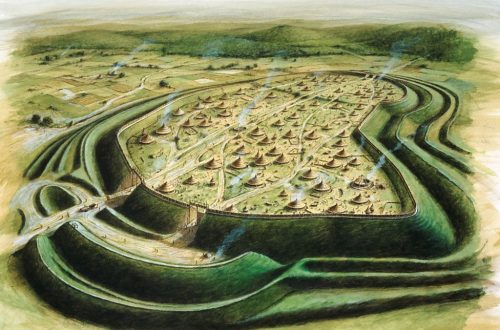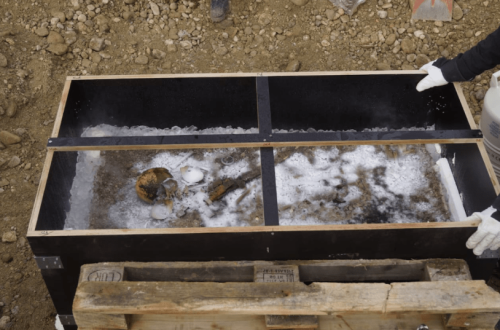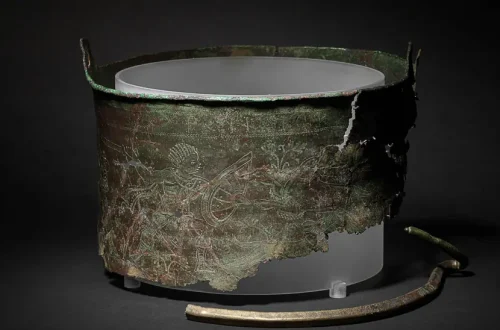Archaeologists in Varberg, Sweden, have discovered six historical shipwrecks during investigations for the Varbergstunneln project. The finds, located near the original shoreline in southwest Sweden, range in age from the Middle Ages to the 17th century, offering new insights into the region’s maritime history. The discoveries were made by teams from the Bohuslän Museum, Visual Archaeology, and Cultural Environment Halland, as part of preparatory work for the tunnel construction.

The shipwrecks were found in an area historically significant for maritime activity, close to Varberg’s coastline. The vessels vary in age, with some dating back to the medieval period, providing a rare glimpse into shipbuilding techniques and trade routes. The oldest wrecks, from the Middle Ages, are particularly significant, as few such examples survive in such proximity to a modern urban setting. The archaeological work was conducted to assess the site before construction begins, ensuring the preservation of any historical remains.
The discoveries highlight Varberg’s importance as a maritime hub in earlier centuries. The wrecks are now being studied to determine their construction, cargo, and potential origins. Initial reports suggest the ships may have been involved in regional trade or fishing, though further analysis is needed to confirm their purpose. The Bohuslän Museum and its partners are leading efforts to document and preserve the finds, using techniques such as photogrammetry to create digital models of the wrecks.
This find adds to a series of recent archaeological discoveries in Sweden, including a 15th-century carvel-built shipwreck near Stockholm, known as “Wreck 5,” believed to be the oldest of its kind in the Nordic region. The Varberg shipwrecks, however, stand out for their range of historical periods, offering a broader perspective on Sweden’s maritime past.
The ongoing investigation will likely yield further details about the ships and their historical context. For now, the discoveries demonstrate the value of archaeological surveys in construction projects, ensuring that historical treasures are not lost to modern development.





